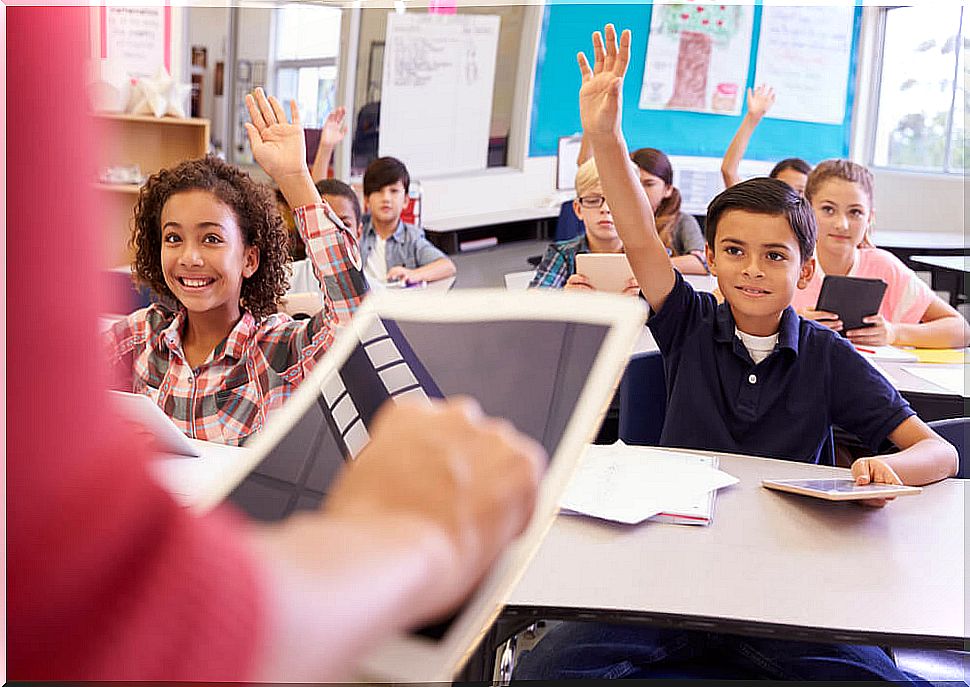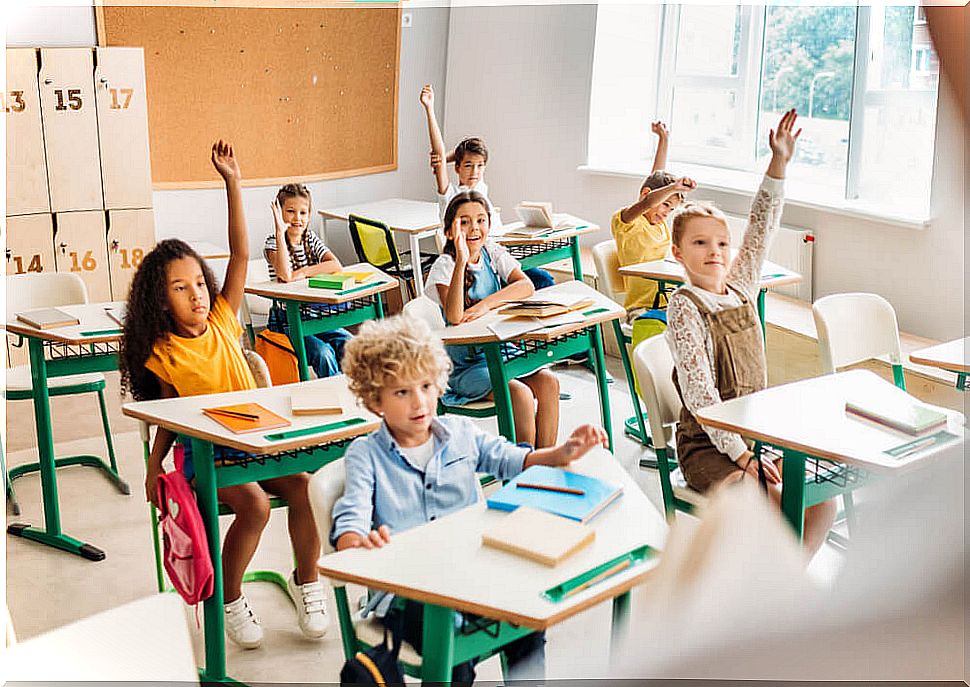Student Participation In School

Student participation in school serves to foster children’s autonomy and self-regulation. For this reason, it is important that schools provide opportunities for student enrichment and empowerment, so that students act as active subjects in school life and feel motivated towards the academic learning that is taught.
Student participation in school
Student participation in school implies enhancing their autonomy and right to decide in the teaching-learning process. In this sense, it can be said that participation is the ability to influence reality to produce material or symbolic changes. But, unfortunately, this is still a pending task in most schools.
There are various ways of involving students in participation within the school. Here are some of them, defined by Michael Fielding, in a range from more to less participatory:
- Intergenerational learning : it is based on participatory democracy, in such a way that the commitment and shared responsibility between children and adults is strengthened, for the common good, learning from each other during the process of shared work and in spaces for dialogue, with a deliberative purpose.

- Students as researchers : students take the main role in their own learning, having more autonomy and less dependence on the teacher.
- Students as co-researchers : the projects are initiated by the teachers, so that it is the teachers who assume the main role of active and visible support of the voice of the students.
- Students are listened to : children are consulted, being active response agents invited to dialogue and discussion to deepen learning.
- Students as a source of information : students are surveyed to obtain data and find out their opinions.
How to put participatory methodologies into practice?
To begin to engage students in the educational context, it must first be done with a more basic intensity or scope of participation. That is, proposing initiatives in which children participate as informants.
And then, progress to higher levels of participation in which it is guaranteed that the opinion of the students is taken into account and is valuable, with their role in the management of change of greater relevance.
Therefore, introducing participatory methodologies in schools consists of a process that must take place gradually and progressively.
Purpose of student participation
The object of participation can focus on the organization and management of the school, proposing structures and spaces so that the participation of the students can be involved in making decisions that affect any area of management of the life of the school.

In this type of institutionalized participation are:
- The School Council.
- The group delegates.
- The Board of Delegates.
- Student associations.
On the other hand, it is possible to speak of the role of the students in the negotiation of the curriculum and school justice. Using deliberative processes in the ordinary life of the classroom (reflection, criticism, argumentation, public debate, etc.). This allows the center to reconstruct the curriculum taking into account the opinions of the students about their own learning.
There are also participation initiatives that are based on teacher improvement. Students are listened to and allowed to discuss:
- Characteristics of a good teacher.
- Characteristics of a good lesson.
- Possible new teaching methodologies.
Finally, another object of participation can focus on how students participate in the improvement of physical, social and community-related spaces. In short, there are various ways of including and involving students in the school context, thus achieving a diverse and enriching school.










